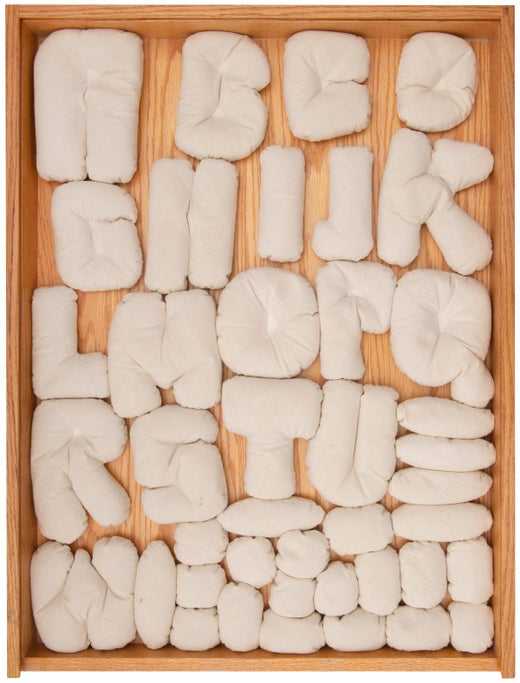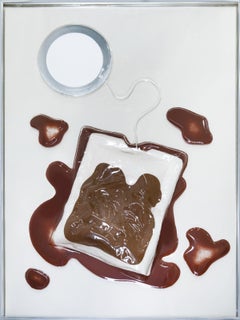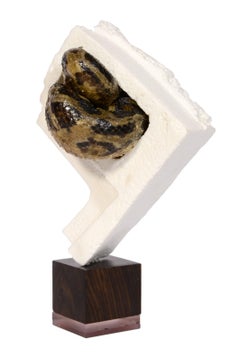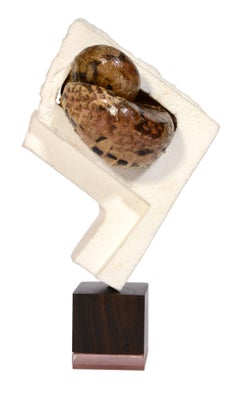Claes OldenburgLondon Knees 19661968
1968
About the Item
- Creator:Claes Oldenburg (1929, American, Swedish)
- Creation Year:1968
- Dimensions:Height: 7.49 in (19 cm)Width: 17.01 in (43.2 cm)Depth: 11.62 in (29.5 cm)
- More Editions & Sizes:Edition of 120Price: $14,006
- Medium:
- Movement & Style:
- Period:
- Condition:
- Gallery Location:London, GB
- Reference Number:Seller: 1082351stDibs: LU47016440072
Claes Oldenburg
One of the original Pop artists, Claes Oldenburg was born in Stockholm. The son of a Swedish diplomat, he spent his early years in Stockholm and Oslo until the family moved to Chicago in 1937.
Oldenburg attended Yale University, then returned to Chicago, where he worked for a newspaper and also attended drawing classes at the Art Institute. He moved to New York in 1956.
Oldenburg’s early art in New York were works of urban realism in cardboard and paper that were influenced by the work of Dubuffet and the New Realists, and were seen as a brutal response to society. In 1961 Oldenburg rented a storefront on the Lower East Side and sold brightly painted plaster objects as well as three-dimensional and wall reliefs based on hamburgers, pastries, men's and women's clothing, and other commodities. The signature soft sculptures followed, objects of commonplace household objects made of vinyl or canvas stuffed with kapok. These pieces transformed the medium — the soft sculptures are intended to be sensual experiences and commentary on our material world of objects and our relationship to them.
In 1965, still working in vinyl, plaster and cardboard, Oldenburg began making large works termed “Colossal Monuments,” which are large public sculptures with public and private meanings. In the 1970s, Oldenburg was fabricating large-scale works in durable materials such as steel, and working with Coosje van Bruggen, he had received many such public commissions in the United States and Europe.
Find authentic Claes Oldenburg sculptures, prints and other art on 1stDibs.
(Biography provided by Art Commerce)
You May Also Like
21st Century and Contemporary Pop Art Mixed Media
Digital, Epoxy Resin, Polyurethane
21st Century and Contemporary Pop Art Mixed Media
Felt, Board
2010s Pop Art Mixed Media
Felt
2010s Pop Art Mixed Media
Felt
2010s Pop Art Mixed Media
Felt
2010s Pop Art Mixed Media
Felt
2010s Pop Art Mixed Media
Felt
2010s Pop Art Mixed Media
Felt
2010s Pop Art Mixed Media
Felt
2010s Pop Art Mixed Media
Felt
More From This Seller
View All1960s Pop Art Mixed Media
Felt, Cord, Plexiglass, Screen
21st Century and Contemporary Mixed Media
Ebony, Acrylic Polymer, Polyurethane
21st Century and Contemporary Mixed Media
Ebony, Acrylic Polymer, Polyurethane
1950s Pop Art Animal Prints
Lithograph, Offset
1950s Pop Art Prints and Multiples
Lithograph, Ink, Offset
1950s Pop Art Prints and Multiples
Lithograph, Ink, Offset
Recently Viewed
View AllRead More
10 Must-Visit American Public Sculptures
Get your dose of Vitamin D while surveying works by the likes of Alexander Calder, Keith Haring and Pablo Picasso.
Shapero Modern’s Director Tells Us All about 20th-Century Prints
Tabitha Philpott-Kent knows a lot of art multiples. Here, the London gallery director talks about what makes printmaking so fabulous.




![Untitled, from 25 Cats Name[d] Sam and One Blue Pussy](https://a.1stdibscdn.com/andy-warhol-prints-works-on-paper-untitled-from-25-cats-named-sam-and-one-blue-pussy-for-sale/a_470/1676046915719/107450_master.jpg?width=240)